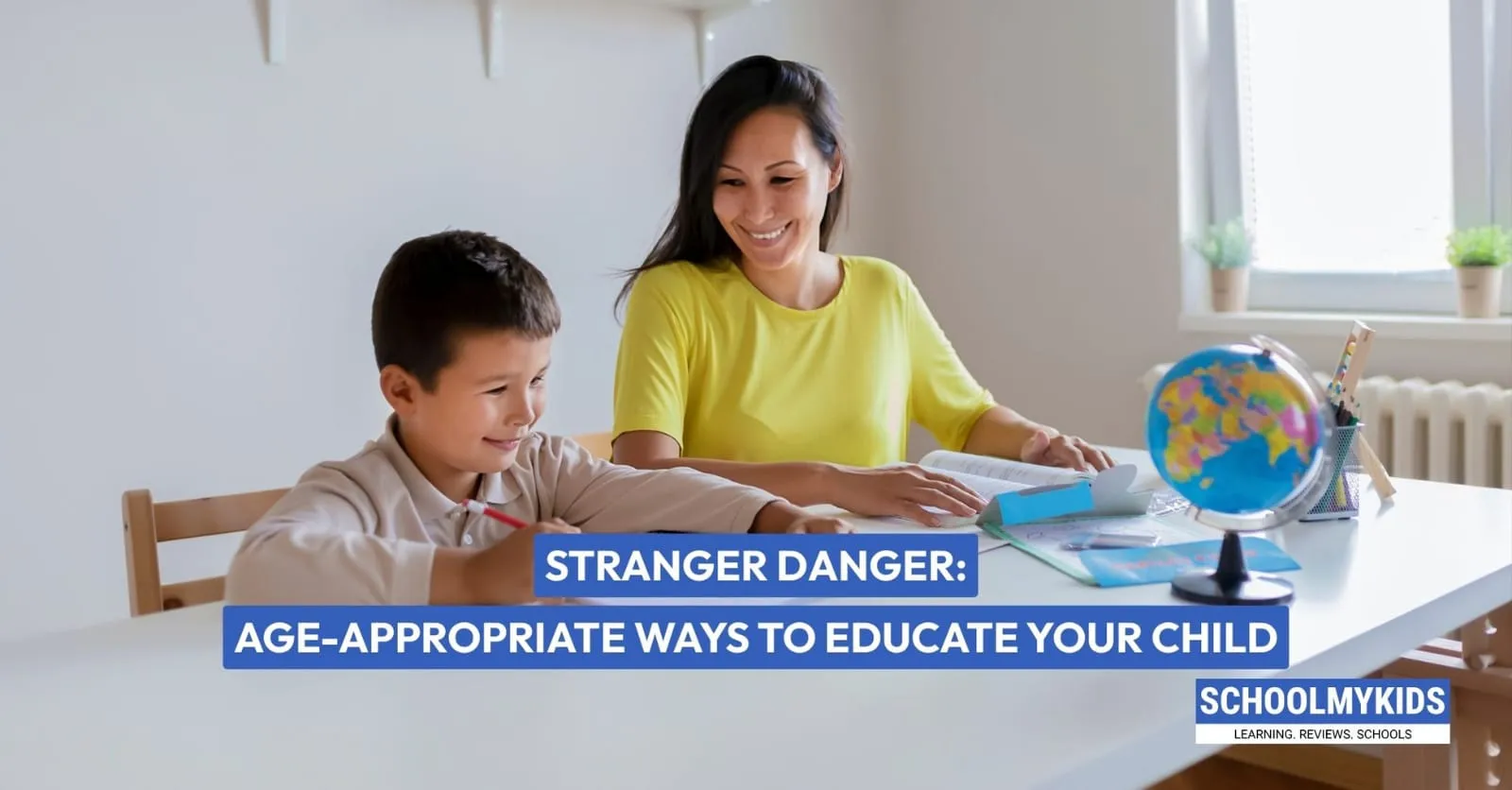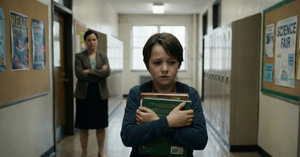These days, balancing your child's freedom with their safety is more challenging than ever. While we want our kids to explore their surroundings, make friends, and develop independence, we also need to prepare them for potentially unsafe situations. The good news? You can teach your kids about personal safety without scaring them. Let's explore some age-appropriate strategies for different stages of childhood.
The Basics: Start Early, Keep It Simple
The foundation of safety education begins in preschool years. Rather than frightening your little ones with the concept of "dangerous strangers," focus on building these fundamental skills:
- Body Autonomy: Teach children that their body belongs to them. They have the right to decline hugs or other physical contact, even from relatives or family friends. This early lesson about consent becomes invaluable later.
- Trusted Adult Network: Help your child identify 3-5 trusted adults they can turn to if they feel unsafe. These might include parents, teachers, neighbors, or relatives. Explain that these people will always help them if something doesn't feel right.
- The "Uh-Oh" Feeling: Young children understand feelings better than abstract concepts. Talk about how our bodies give us signals when something isn't right—butterflies in the stomach, racing heart, or feeling scared. Tell them to listen to this "uh-oh" feeling and find a trusted adult when it happens.
Elementary Age: Building Safety Skills
As children begin venturing further from home—walking to school, playing at parks, or joining activities—expand their safety toolkit:
- Safe Routes & Buddy System: Establish and practice safe routes to school or friends' houses. Walking with a buddy is always safer than walking alone.
- Check-In Protocol: Create a family check-in system. Maybe they text when reaching their destination or call if plans change. Frame this as responsibility rather than restriction.
- Safe Strangers vs. Tricky People: Move beyond "stranger danger" by teaching about "tricky people"—those who might ask children for help, offer unexpected gifts, or request secrecy. Emphasize that safe adults don't ask children for help; they ask other adults.
- Role Play Scenarios: Practice responses to uncomfortable situations through role play. What if someone offers a ride? What if someone asks for help finding a lost pet? Make it a game rather than a frightening instruction.
- Public Safety Spots: Identify safe places in your neighborhood—stores, libraries, fire stations—where children can go if they need help.
Tweens: Expanding Independence
As children enter middle school years, their world expands significantly. Their safety education should too:
- Digital Safety: Today's "stranger danger" often happens online. Teach children about online privacy, not sharing personal information, and recognizing grooming behaviors. Emphasize that they should never meet online friends in person without parental involvement.
- Trust Their Instincts: Reinforce listening to their intuition. If something feels wrong, it probably is—whether that's with an adult they know or a stranger.
- Code Words: Establish family code words that signal distress. For example, if they call and say, "The math homework is really hard today," you know they need help.
- Assertiveness Training: Teach polite but firm boundary-setting. Practice phrases like "No, thank you" and "I need to go now." Explain that politeness doesn't override safety.
- Public Transportation Safety: If your tween uses public transportation, teach them awareness skills—sitting near the driver, keeping belongings close, and staying alert (not engrossed in phones).
Teenagers: Preparing for Adult Independence
Teens need safety strategies that acknowledge their growing independence while keeping them protected:
- Party Safety: Discuss realistic scenarios they might encounter at social gatherings. Teach them to watch their drinks, stick with trusted friends, and have exit plans.
- Rideshare Protocol: If they use services like Uber or Lyft, ensure they check the license plate and driver's name before entering and share their trip with you through the app.
- De-escalation Skills: Teach techniques to calm tense situations rather than escalating them. Sometimes walking away is the safest choice.
- Self-Defense Basics: Consider enrolling them in a self-defense class that emphasizes awareness and evasion as primary strategies.
- Dating Safety: Discuss healthy relationships, consent, and dating safety, including meeting in public places and letting someone know their plans.
Conclusion
Safety education isn't a one-time conversation but an ongoing dialogue. Use everyday moments—news stories, TV shows, or neighborhood events—as conversation starters. Ask open-ended questions like "What would you do if...?" rather than telling them what to do.
Most importantly, ensure your kid knows they can come to you with any situation without fear of judgment or punishment. The safest children realize they can communicate openly with their parents about uncomfortable situations.








Be the first one to comment on this story.